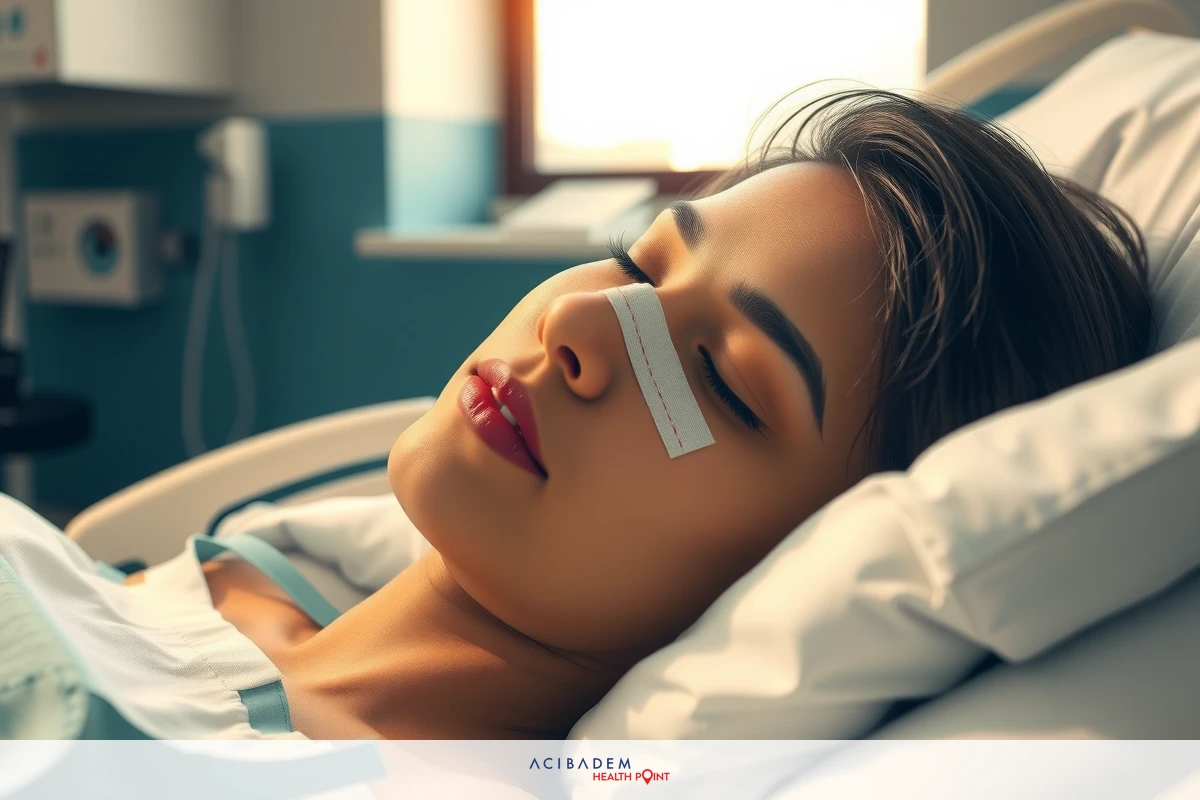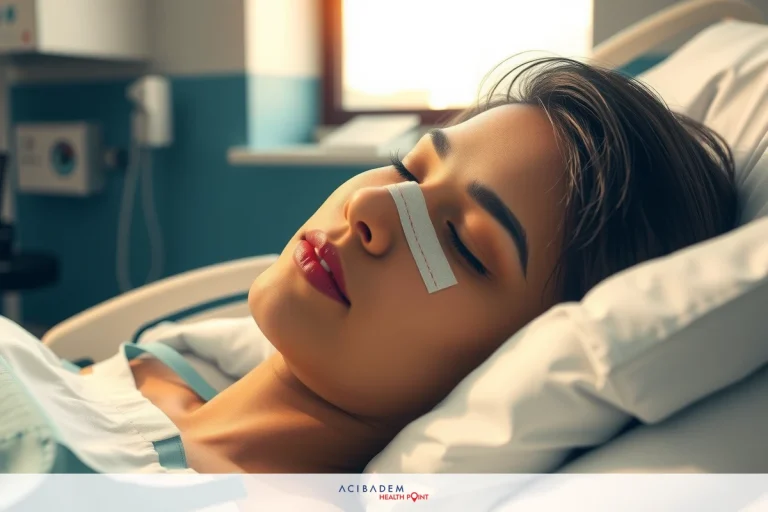What to Expect When Rhinoplasty Splint Comes Off
What to Expect When Rhinoplasty Splint Comes Off Rhinoplasty, often requires patients to wear a nasal splint as part known as post-operative care. This protective device aids in maintaining the new shape while the healing process takes place. The moment of removal can be marked with both apprehension and anticipation for many.
Post-surgery recovery is more than just physical; it’s an emotional journey that intertwines personal expectations with medical realities. From understanding timelines to managing discomforts, each aspect plays its role in this voyage towards attaining the desired appearance. Shedding off that splint unveils not only a transformed nose but also brings forth newfound confidence and satisfaction.
Recovery Process
The journey of recovery following rhinoplasty is layered, involving both physical and mental aspects. It’s a progressive timeline that unfolds in stages, each characterized by specific milestones and expectations. The initial days post-surgery are predominantly about managing discomfort while ensuring the nose is protected from any accidental bumps or undue pressure. During this period, patients usually experience swelling around the nasal area coupled with mild pain.
As we progress along the recovery timeline, attention shifts towards splint removal – a significant step marking advancement into the next recovery phase. This procedure can stir up mixed emotions in patients; some might feel excited to see their new nose without encumbrances while others could be anxious about experiencing discomfort during removal or worries related to appearance after surgery. However, it’s essential to remember that individual experiences vary greatly depending on personal tolerance levels and surgical specifics.
In later stages of recovery, there’s an observable reduction in visible bruising and swelling around the nasal region as healing progresses steadily. Patients start noticing changes brought forth by surgery more clearly at this stage as they inch closer to their final result day by day – but patience remains key here! Complete healing after rhinoplasty can take up to one year because subtle changes continue happening for months even when they aren’t visibly discernible at first glance.
Splint Removal
The splint removal stage, an important milestone in the rhinoplasty recovery process, often evokes a blend of emotions. This moment marks the beginning of a new phase where patients can start to see their reshaped nose free from any external support. The procedure is typically straightforward and carried out by healthcare professionals who ensure minimum discomfort during the process.
It’s crucial to manage expectations associated with this step as initial appearances post-splint removal might not be reflective of final results due to persisting swelling and bruising. So while it’s tempting to evaluate your new look immediately after the splint comes off, patience will serve you well at this time! Remember that each person heals differently; some may notice significant changes right away while others might observe gradual transformations over weeks or even months.
Post-removal care also plays a vital role in successful healing and achieving desired outcomes. Patients need to continue following doctor-prescribed instructions diligently. This includes avoiding strenuous activities that could put pressure on the nose, using sun protection when stepping outdoors, keeping up with prescribed medication schedules if any, and attending all follow-up appointments for professional evaluation of recovery
progress. These steps enable smooth transition into subsequent stages leading eventually towards complete recovery after rhinoplasty surgery.

What to Expect When Rhinoplasty Splint Comes Off: Managing Discomfort
The journey of recovery after rhinoplasty, while transformative and exciting, can also bring its share of discomfort. This is especially true in the initial stages post-surgery and around the time when the nasal splint gets removed. However, with effective pain management strategies and adherence to prescribed care routines, this discomfort can be effectively managed.
Here are some tips that may assist you:
- Use Cold Compresses: Regular application of cold compresses during the first few days after surgery can help reduce swelling around your nose.
- Follow Medication Schedule: It’s important to stick to any medication schedules provided by your healthcare provider as these medications are often designed to manage pain and prevent infection.
- Rest Your Body Well: Ensure ample rest for faster healing; remember that your body recovers best when it’s at ease.
- Stay Hydrated: Keeping yourself well-hydrated aids in recovery while also helping maintain a general sense of wellness.
- Avoid Strenuous Activity: For a period following surgery until advised otherwise by your doctor, avoid any strenuous activities or exercise which could put undue pressure on your nose.
- Elevate Your Head While Sleeping: This helps reduce swelling by facilitating better blood circulation around the operated area.
Every person’s experience varies significantly based on individual tolerance levels and surgical specifics; therefore, always follow personalized advice from medical professionals over generalized tips!
Frequently Asked Questions
What is the purpose of a nasal splint in rhinoplasty surgery?
A nasal splint is used post- rhinoplasty to offer support to your newly shaped nose. It aids in maintaining the shape while promoting healing.
When does the splint get removed after rhinoplasty?
The removal timeline varies, but typically, healthcare professionals remove it about one week after surgery.
Will there be pain during or after splint removal?
While some discomfort may occur, doctors ensure this process is as pain-free as possible. Any lingering discomfort can usually be managed with prescribed medications.
How long does complete recovery from rhinoplasty take?
Complete healing can take up to a year because subtle changes continue happening for months even when they aren't visibly discernible at first glance.
Remember that each patient’s experience might vary based on individual factors and surgical specifics; therefore, always follow personalized advice from medical professionals!











